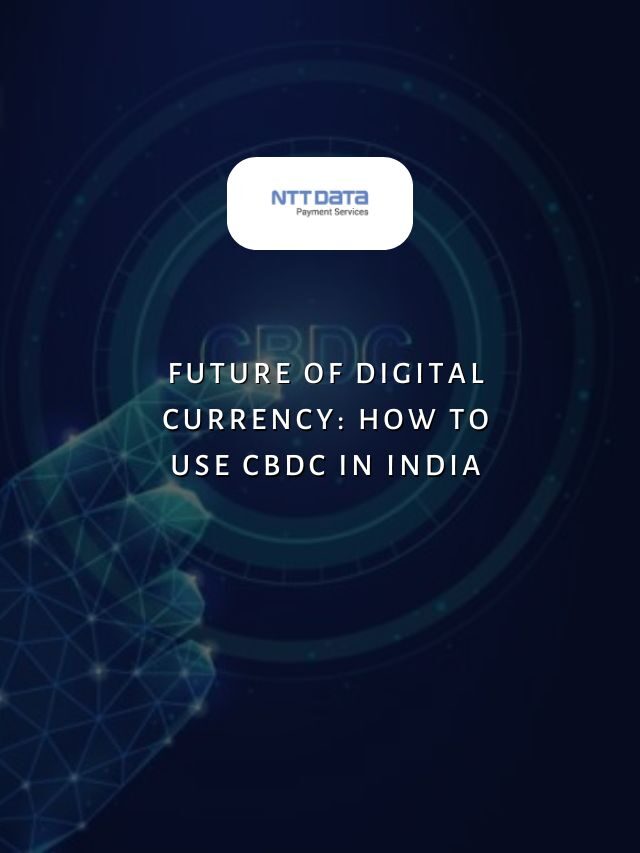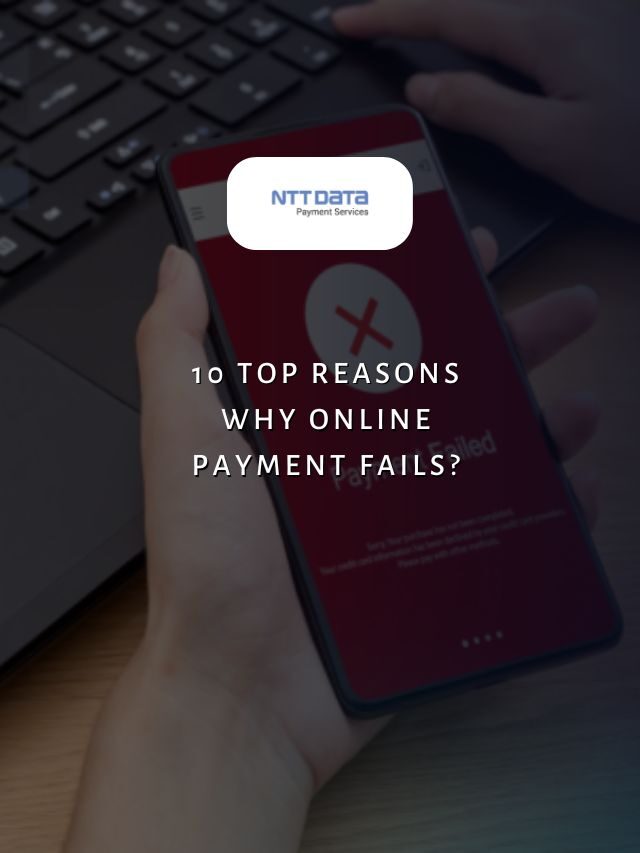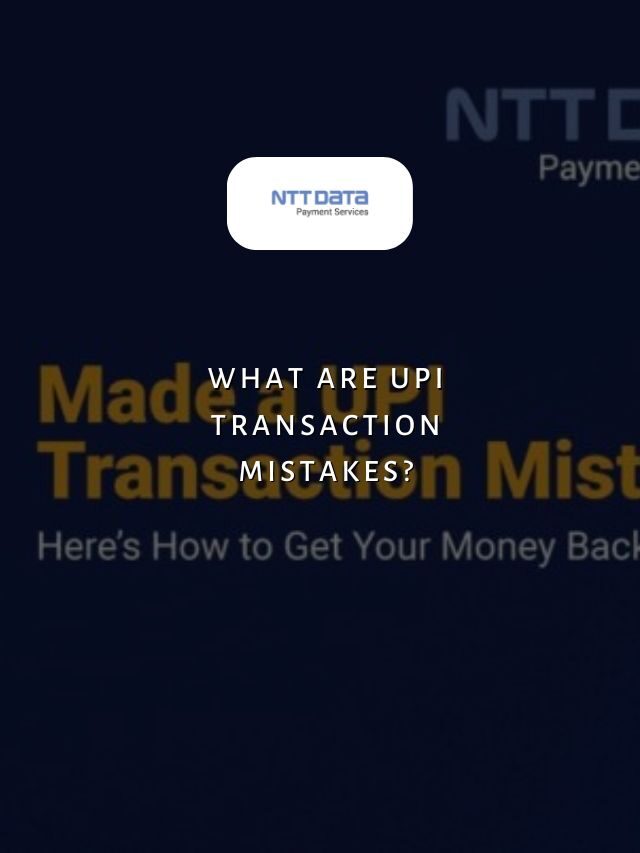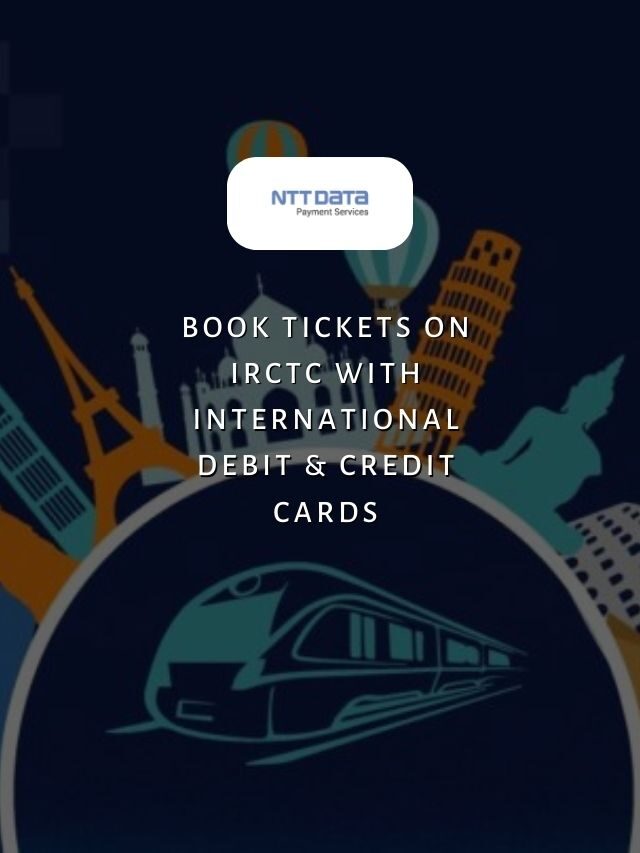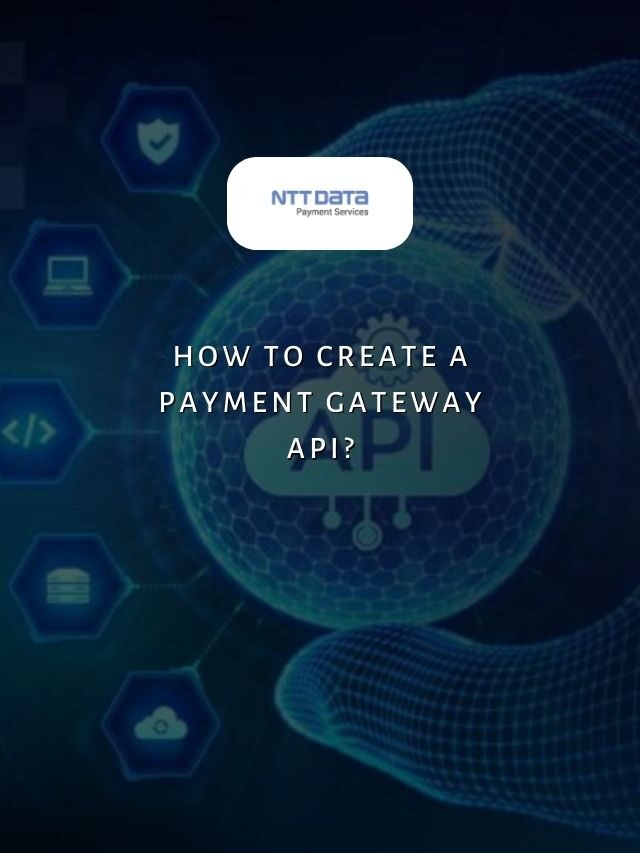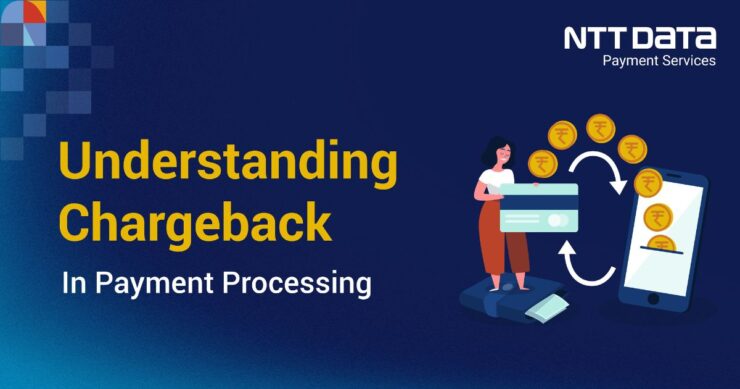
Table of Contents
- 1 Understanding Chargeback in Payment Processing in Detail
- 2 Recent Web Stories
- 3 How does chargeback work in the Payment Industry?
- 4 Common Types of Chargebacks in Payment Processing
- 5 What are the best ways to prevent chargeback?
- 5.1 1. Ensure accurate order details:
- 5.2 2. Offer multiple payment options:
- 5.3 3. Verify customer information:
- 5.4 4. Improve customer communication:
- 5.5 5. Train customer support staff:
- 5.6 6. Tighten return and refund policies:
- 5.7 7. Monitor accounts closely:
- 5.8 8. Respond promptly to retrieval requests:
- 6 Handling Chargebacks in Payment Processing
- 7 Access Seamless Online Payments with NTT DATA Payment Services
- 8 Conclusion
Chargebacks occur when customers dispute transactions and request refunds from their issuing banks. Merchants then face chargebacks from payment processors and networks. This blog will explain what a payment chargeback is, how the process works, and the best ways to prevent chargebacks from occurring.
Understanding Chargeback in Payment Processing in Detail
As a merchant accepting credit card payments, one of the biggest risks you face is chargebacks. A chargeback occurs when a customer disputes a credit card transaction, and their bank reverses the charges on their behalf.
This can result in the merchant losing the funds from the original transaction. With the rise of e-commerce and card-not-present transactions, chargebacks have become a major headache for online merchants. Understanding the chargeback process and how to prevent it is important to minimise financial and reputational risks.
What is a payment chargeback?
A payment chargeback refers to the process where a customer disputes a transaction with their bank or credit card issuer, and the amount is deducted from the merchant’s account. Chargebacks typically occur when customers claim that an item was not received, the good or service is unsatisfactory or fraudulent.
The customer’s bank then removes the funds from the merchant’s account. Chargebacks protect consumers but can negatively impact merchants if not properly managed.
Recent Web Stories
How does chargeback work in the Payment Industry?
When a customer disputes a transaction, they first contact their issuing bank or credit card company within the eligible chargeback filing period, usually between 45-120 days from the transaction date. The issuer will then file a chargeback case with the payment network (Visa, Mastercard, etc).
The payment network notifies the acquiring bank, which then notifies the merchant of the chargeback. Merchants have a short window, usually 5-10 business days, to provide proof of delivery or fulfilment to dispute the chargeback. This is called the representation period. If no response is provided, the chargeback is considered valid.
If the merchant provides compelling evidence, the case may be ruled in their favour. Otherwise, the funds are deducted from the merchant’s account. Unresolved chargebacks can lead to fines, higher fees, or even merchant account termination.
Common Types of Chargebacks in Payment Processing
There are a few main categories under which chargebacks fall. Understanding the most common types can help merchants reduce their risk:
- Fraud – This occurs when a transaction was unauthorised or fraudulent. Examples include stolen cards and cardholder claims they didn’t make the purchase.
- Non-Receipt of Goods/Services – The customer claims they paid but never received the item or service ordered from the merchant.
- Processing Errors – Issues related to transaction processing, like duplicate charges, incorrect amounts, and delayed authorisations.
- Services Issues – Problems with the quality, delivery or return of products/services. This includes late deliveries, damage or incorrect items shipped.
- Insufficient Funds – The cardholder claims they don’t recognise or can’t afford the transaction.
What are the best ways to prevent chargeback?
There are several proactive steps merchants can take to minimise chargebacks:
1. Ensure accurate order details:
Make sure all order details, such as item descriptions, prices, and shipping costs, are clearly displayed to avoid disputes over inaccurate charges. Customers are less likely to dispute a charge if all transaction details are transparent.
2. Offer multiple payment options:
Give customers flexibility in payment methods like credit cards, debit cards, wallets, etc., to increase the chances of an authorised transaction. Customers are more likely to complete a purchase when they are comfortable with the payment process.
3. Verify customer information:
Collect necessary identification and contact details during checkout and save them for future reference. Verify addresses, phone numbers, etc. Having accurate customer records makes it easier to resolve issues without a chargeback.
4. Improve customer communication:
Keep customers informed about order status, delays, refund processing, etc., via email and on your site. Proactive updates reduce unexpected surprises and dissatisfaction that lead to disputes.
5. Train customer support staff:
Educate representatives on chargeback policies, documentation requirements, and dispute resolution best practices. Well-trained staff can swiftly resolve issues to defuse potential chargebacks.
6. Tighten return and refund policies:
Have clear guidelines on return windows, refund timelines, etc., published online. Unreasonable policies are a common source of disputes, while fair policies manage customer expectations.
7. Monitor accounts closely:
Watch for suspicious activity, such as multiple claims from the same address or credit card. Early detection of fraud patterns allows for timely preventive action.
8. Respond promptly to retrieval requests:
Provide order/transaction records immediately when payment processors request them. Late or incomplete responses raise dispute flags while timely documents support your case.
Handling Chargebacks in Payment Processing
Even with preventative measures, chargebacks may still occur occasionally. Merchants need to respond promptly and properly when notified of a dispute:
- Carefully review the chargeback details and locate documentation to support your side of the transaction.
- Submit a clear and organised rebuttal with evidence like order confirmations, delivery receipts or communication records within the given timeframe.
- Correspond respectfully with all parties and be willing to negotiate a resolution. Escalating disputes unnecessarily can damage your relationship with banks.
- Consider offering a goodwill credit or partial refund to resolve minor disputes amicably rather than risk an automatic chargeback loss.
- Analyse chargeback reasons to identify process weaknesses and implement corrective actions to reduce future disputes.
- Request arbitration through card networks if you have strong proof the chargeback is invalid and the customer’s bank refuses liability reversal.
- Monitor chargeback ratios and work with your processor or acquiring bank for guidance if rates exceed industry benchmarks.
Access Seamless Online Payments with NTT DATA Payment Services
NTT DATA Payment Services offers integrated payment solutions to help merchants minimise chargebacks. Features like fraud detection help validate transactions and satisfy customers.
NTT DATA Payment Services offers a complete payment solution to advance both your offline and online businesses from,
- Online Payment Gateway
- POS machines
- IVR payments
- Mobile applications, and
- Bharat QR Scan and Pay
We ensure maximum comfort, convenience, and safety for all your payments.
Conclusion
Chargebacks are an inevitable part of payment processing that merchants need to proactively manage. By understanding the chargeback process, improving order and communication practices, and leveraging tools from experienced providers, businesses can access robust payment solutions while minimising associated chargeback costs and risks to their bottom line. With the right preventive strategies in place, merchants can focus on growing their business with confidence.
| Also, you can get frequent updates on nttdatapayments Instagram page. |
Chargebacks in Payment Processing: FAQs
1. What is a payment chargeback?
A payment chargeback occurs when a customer disputes a transaction with their bank or credit card issuer, resulting in the deduction of the amount from the merchant’s account.
2. How does chargeback work in the Payment Industry?
A chargeback occurs when a customer disputes a credit card transaction, and the issuing bank reverses the funds to the customer’s account. The funds are then deducted from the merchant’s account.
3. Common Types of Chargebacks in Payment Processing
Chargebacks are typically categorised into fraud, non-receipt of goods/services, processing errors, service issues, and insufficient funds.
4. What are the best ways to prevent chargebacks?
Merchants can take proactive steps to minimise chargebacks by ensuring accurate order details, offering multiple payment options, verifying customer information, and more as mentioned in the blog.
5. Handling Chargebacks in Payment Processing?
Even with preventative measures, chargebacks may occasionally occur. During such instances, merchants should review the chargeback details, submit a clear rebuttal with evidence, correspond respectfully with all parties and be willing to negotiate a resolution.

